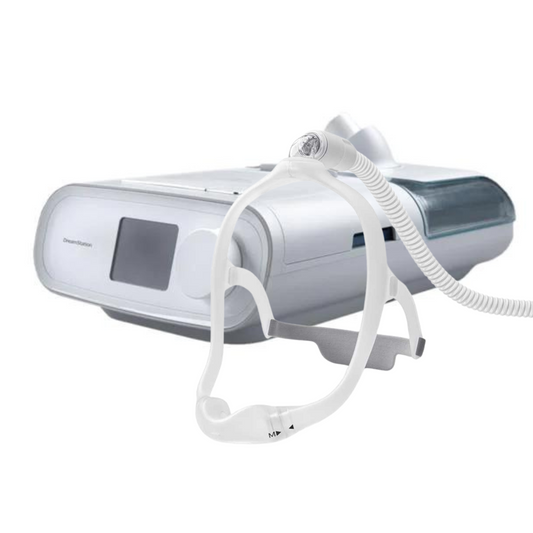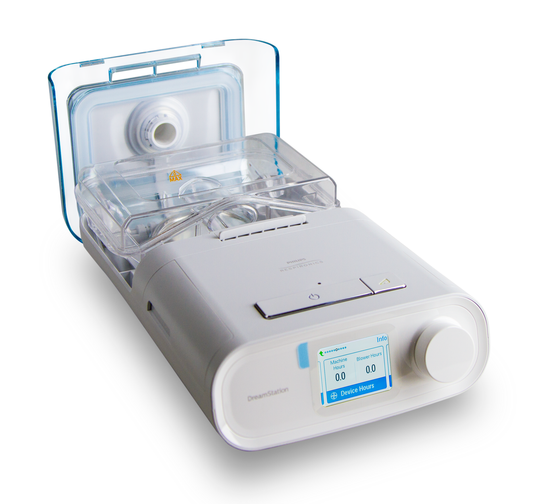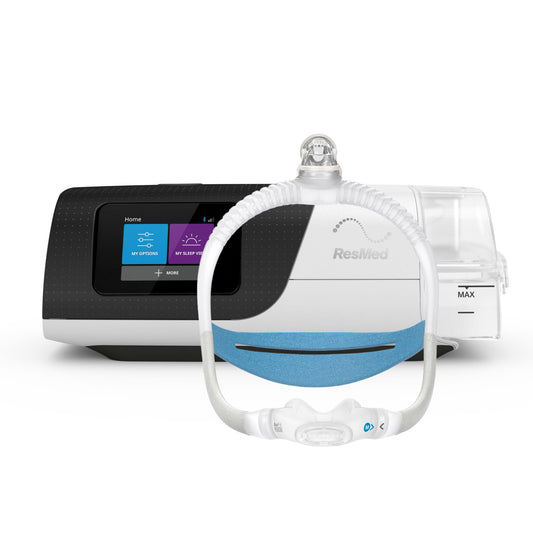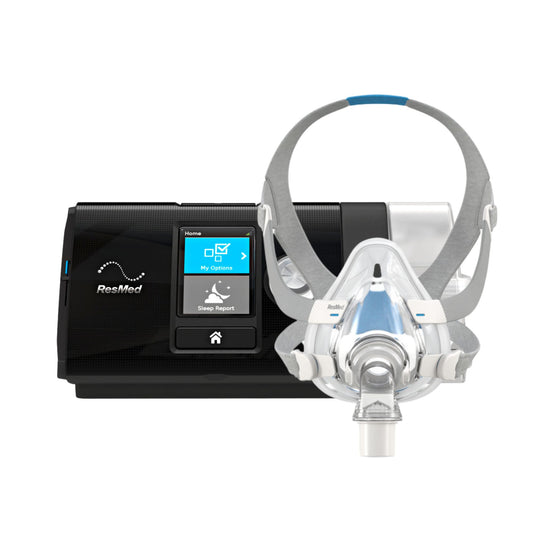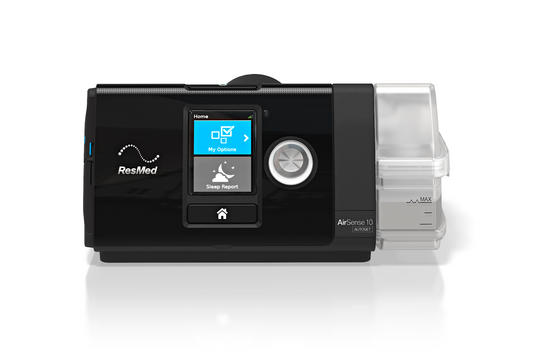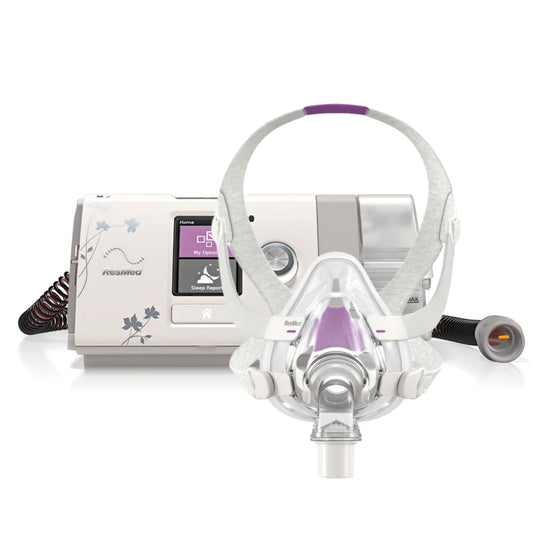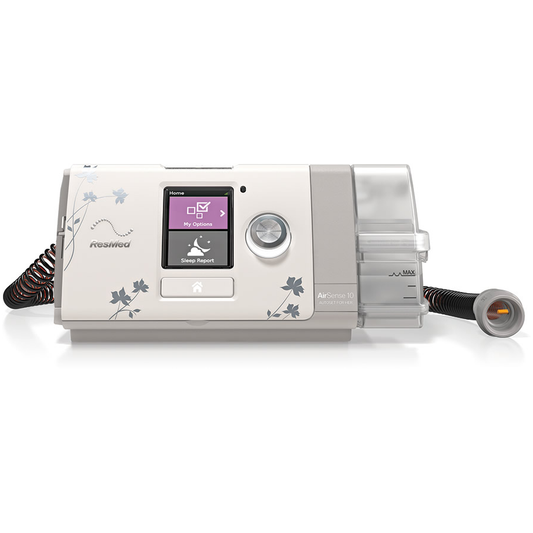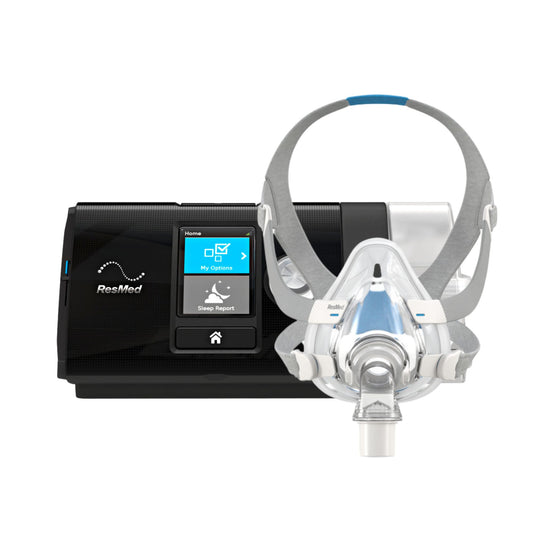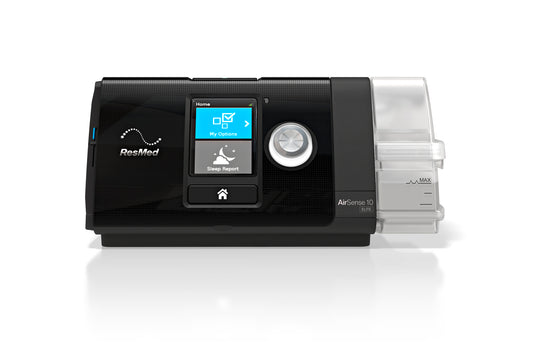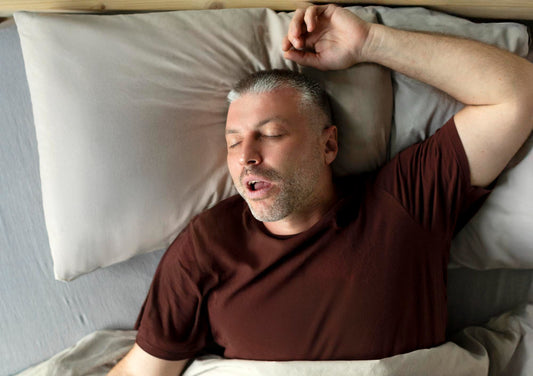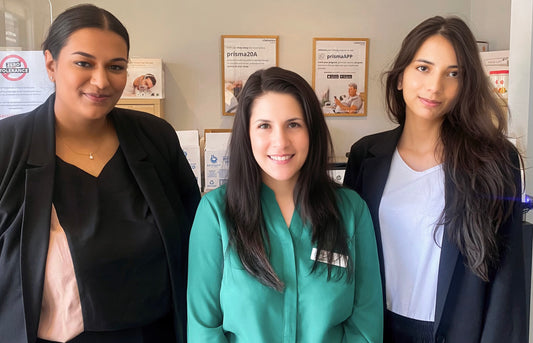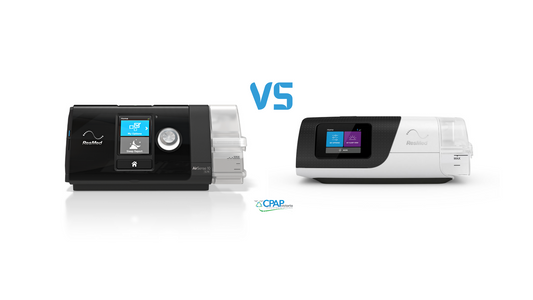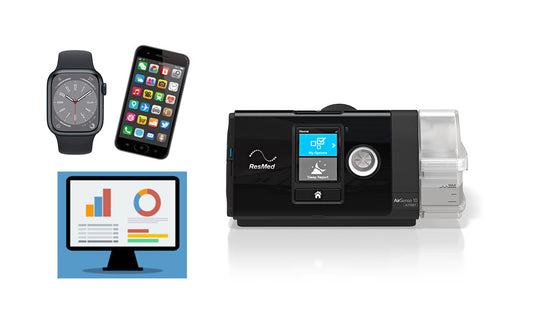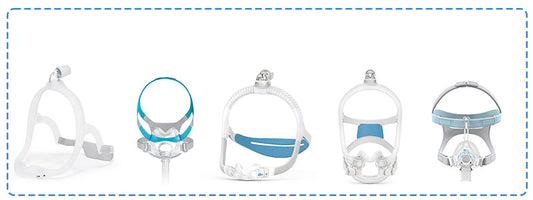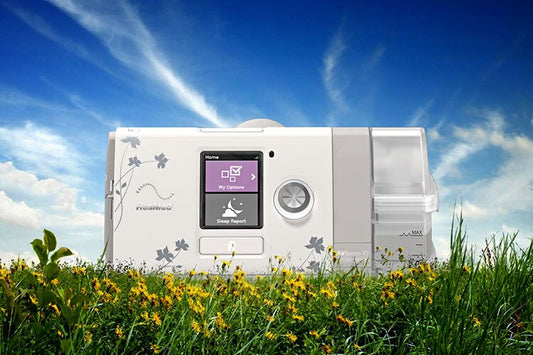Continuous Positive Airway Pressure or CPAP therapy is the most effective and highly recommended treatment option for obstructive sleep apnoea or OSA. A small percentage of OSA patients had difficulty adapting to CPAP therapy thus their need to look for alternative treatments. There are surgical procedures, dental appliances and orthodontic procedures that can help people with sleep apnoea. This week, we will discuss known surgical procedures for the possible treatment of sleep apnoea.
Surgical Procedures
There are various surgeries or surgical procedures available for people with sleep apnoea. These procedures may be painful and come with possible complications and inherent risks. Studies show that the success rate of such procedures is quite low and many OSA patients revert back to CPAP therapy. CPAP machines are still the most efficient, low-risk, and painless treatment for sleep apnoea. For information, here are some of the common surgical procedures for the possible treatment of sleep apnoea.
Uvulopalatopharyngoplasty (UPPP) - This procedure is done to reshape or remove parts of the uvula and the soft palate. It may also be performed to remove some pharyngeal soft tissues.
Laser-assisted Uvulopalatoplasty (LAUP) - This procedure is the same as the UPPP. The difference is that radio frequency waves or lasers are used to shape or remove the pharyngeal soft tissues.
Adenoidectomy or Tonsillectomy - This surgical procedure is done to increase the opening or size of the air passage. Doing this procedure aims to deter the air passage from completely collapsing during sleep.
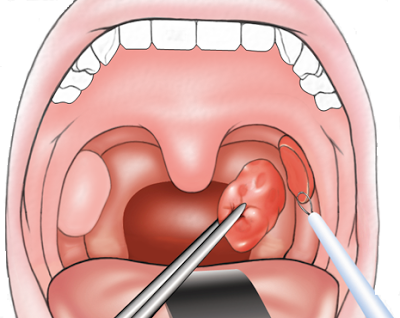
Genioglossus Advancement –This procedure is done to pull or move the tongue forward to increase the opening or size of the airway.
Maxillomandibular Advancement (MMA) – Also known as Maxillomandibular Osteotomy (MMO) or Bimaxillary Advancement (Bi-Max) , is a procedure for severe cases of OSA that have not responded well to CPAP therapy, and for cases where craniofacial syndromes are thought to be the root cause of the problem. This procedure is highly invasive as it involves removing the top and bottom jaw then restructuring the mandible and chin. This procedure is done in combination with Genioglossus Advancement.
Hyoid Suspension - this surgical procedure is done to pull forward the neck’s hyoid bone and position it in front of the larynx. The hyoid bone is one of the tongue’s primary attachment points.
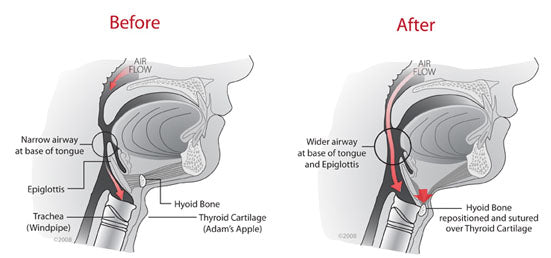
TAP Implant –Also called the Pillar Procedure, this procedure aims to significantly reduce snoring. This procedure does not involve the removal or heating of any tissue. Thus, the Pillar system entails minimal discomfort and quick recovery time. In this procedure, three inserts are positioned in the patient’s soft palate. The inserts are to stiffen and support the palate. This proved to reduce snoring on people with moderate sleep apnoea. The support and stiffening of the soft palate will hold as long as the inserts are in place. However, this procedure will not work on people with severe sleep apnoea and for those with obstruction that occurs past the site of the implants.
Next, we will discuss possible medications and dental appliance for the treatment of OSA.
